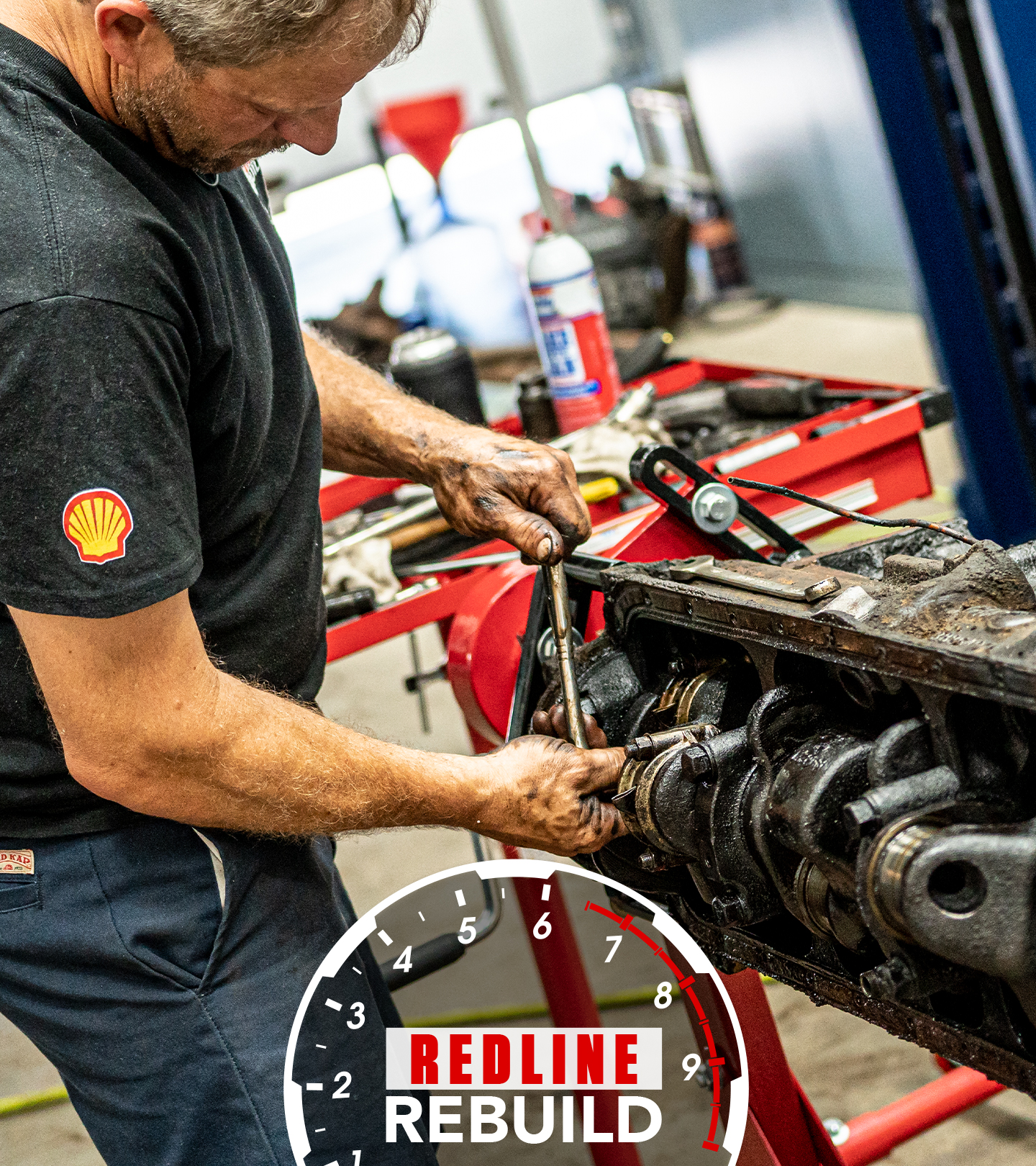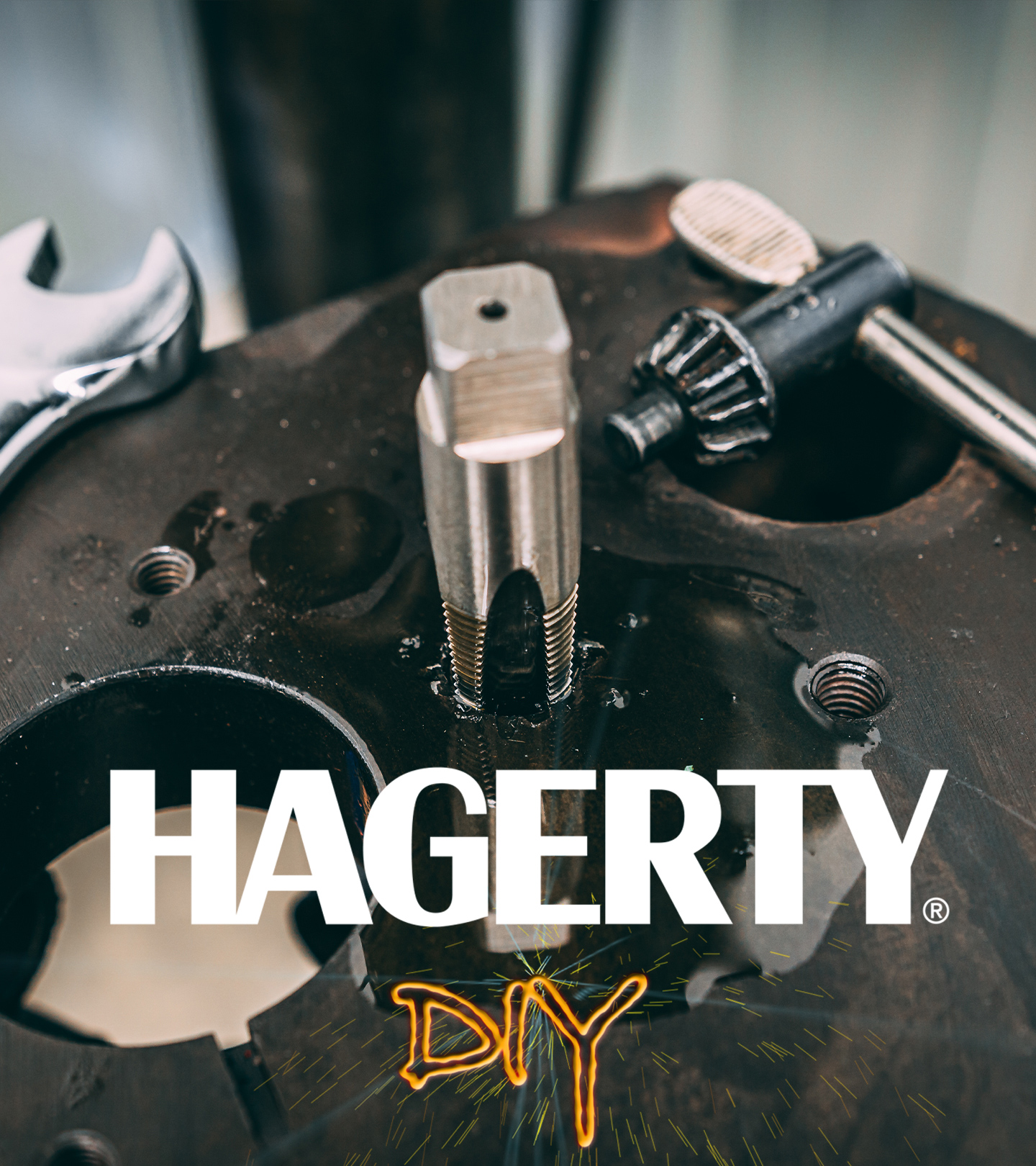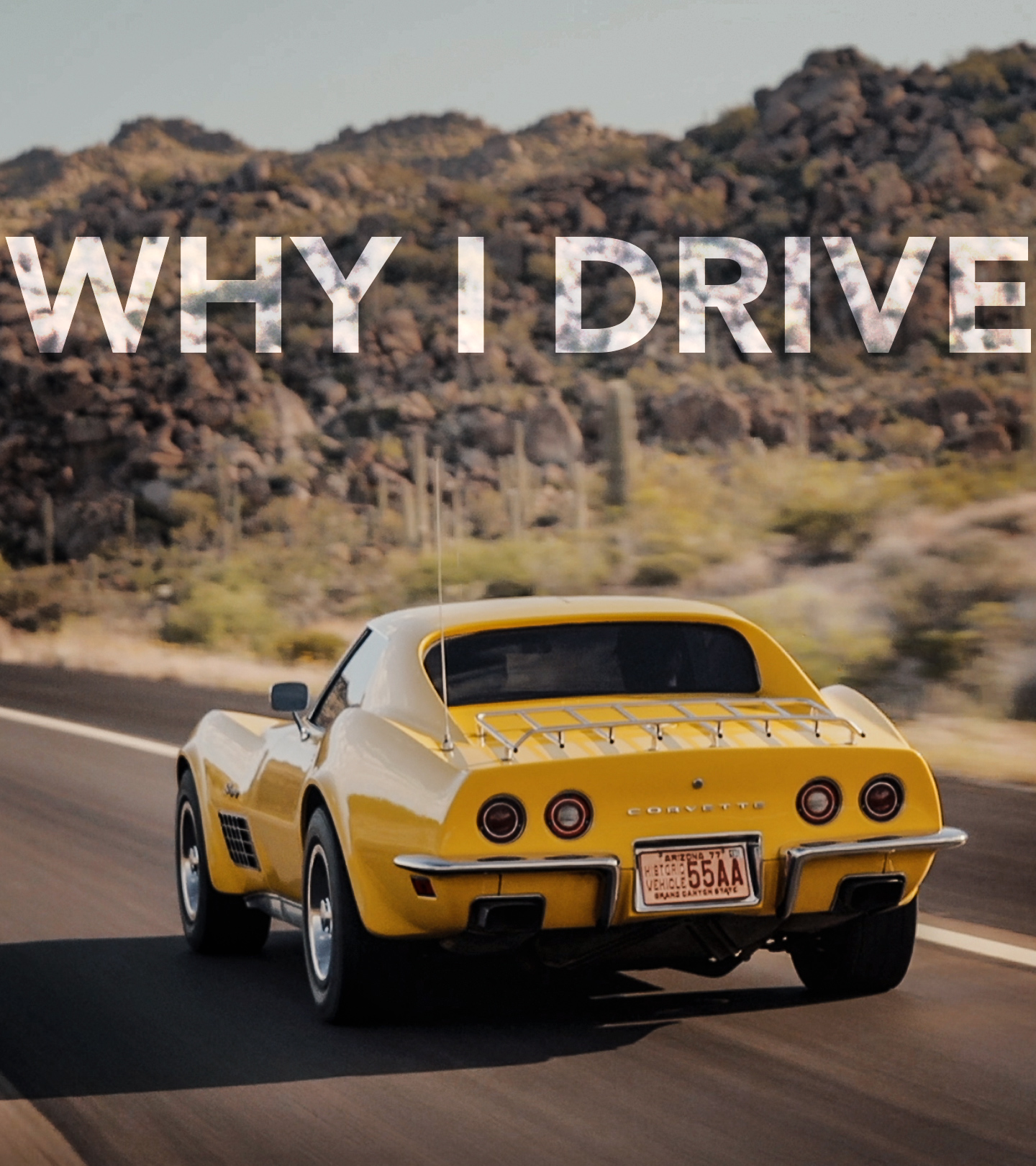Flat Out in a 1955 Mercedes-Benz 300 SL Gullwing - Hagerty Media
It was February 6, 1954 when the new W198 Mercedes-Benz 300 SL “Flugelturen,” or Gullwing, landed at the New York International Motor Sports Show looking like a prop out of Flash Gordon. The car’s designers, fresh from building aircraft and engines for the Reich, had engineered the car’s aircraft-like tube-frame structure for both lightness and strength, especially along the sills where the high box-sections prohibited the use of conventional doors. Gobsmacked, the motoring elite flocked, and it wasn’t long before the likes of Clark Gable and other celebrated luminaries were seen snarling through traffic in one of the 1400 Gullwings to emerge from Mercedes-Benz’s Sindelfingen plant in Germany before production ceased in 1957.
For 18 years, Craig Ekberg of Palos Verdes, California, has owned the 399th Gullwing made, and has thus perfected the somewhat challenging method of squeezing into one. “There’s a special technique for the guys who know their cars,” Ekberg demonstrates, only grunting slightly. “It’s one leg in, one hand here, and drag the other leg in.”
20180420143537)
He unclips the Gullwing’s steering wheel, which falls flat. “For really big people that have trouble, there’s a unique feature to the car that is a fold-down steering wheel that gives you a little egress access to the car.” But, Ekberg hastens to add, he doesn’t normally use it himself.
The light spray of stone chips in the blue paint of Ekberg’s car attests to the 75,000 miles he has amassed running classic road rallies such as the California Mille, the Colorado Grand, and the Copperstate 1000, as well as puttering back and forth between his home and nearby Zamperini Field in Torrance, where Ekberg also keeps a two-ship fleet of radial-engine aerobatic aircraft as well as some other cars, including a 1915 Stutz Bearcat and a sports-body 1930 Bentley 4½ Litre.
“I did whatever work I needed to do to get it ready for the track,” he says of the Gullwing. “Mercedes racing springs, sway bars, Koni shocks—but nothing really out of the ordinary.”
20180420143853)
20180420143603)
20180420144120)
20180420144131)
Ekberg’s ’55 Gullwing is fairly typical—Mercedes built the largest number of Gullwings in 1955, and the steel body with its aluminum doors and hood are standard to the model. “They made 29 all-aluminum cars,” Ekberg says, “and those sell four times the price of a normal price of a Gullwing, or $4 million to $6 million.”
With direct fuel-injection and an odd mounting that has the 220-hp engine leaning 50 degrees to the left, the 3.0-liter single-overhead-cam inline-six evokes the sophistication and unusual thinking that characterized Daimler aircraft engines during the war. Ekberg says the car’s manual four-speed gearbox has straight-cut gears that “create a tractor-like sound, if you will, that is rather pleasant to the ears in my opinion.”
20180420143503)
The non-boosted steering is made easier by the large wheel, but you have to know what you’re doing to drive the car fast, Ekberg says. “They’re wonderful, but they have a habit of scaring people. You have to drive it like a race car and when you do it behaves exactly the way it’s supposed to.”
Meaning, he says, remember all your driving-school instruction about braking in a straight line and not lifting mid-corner. “There’s a lot of trail steering in the car and you need to drive it that way; you can’t come off the gas in the corner and expect it to behave itself. If you come into the corners right and add the right amount of power to it, the car will point; add a little more gas and it’ll set down and send you down the road.”
20180420143435)
20180420143819)
20180420144011)
20180420143842)
It’s not often you meet a Gullwing owner who drives the car as much as Ekberg does, but spend five minutes with him and you’ll realize he’s a guy who likes to enjoy his toys, both automotive and airborne.










